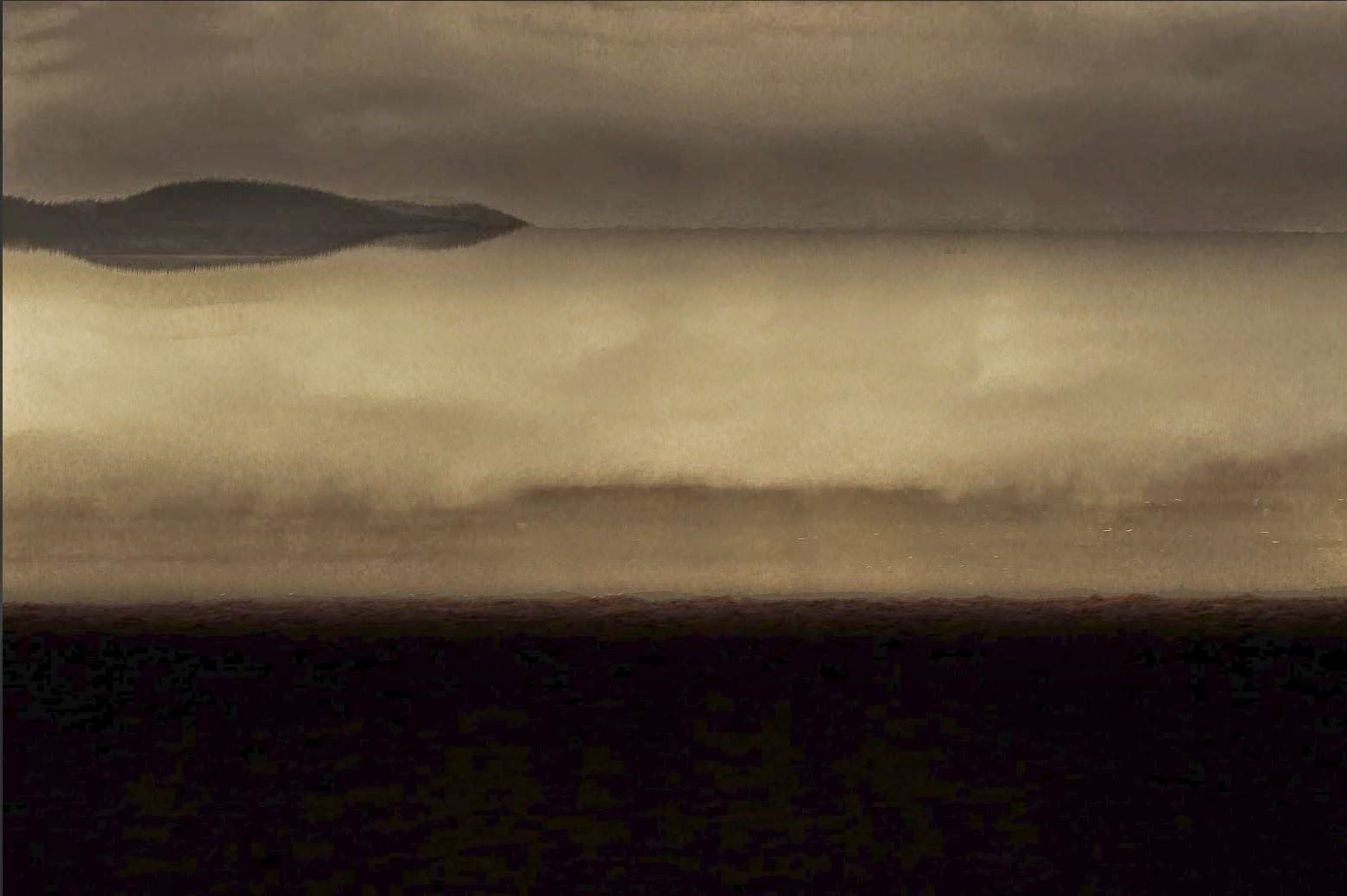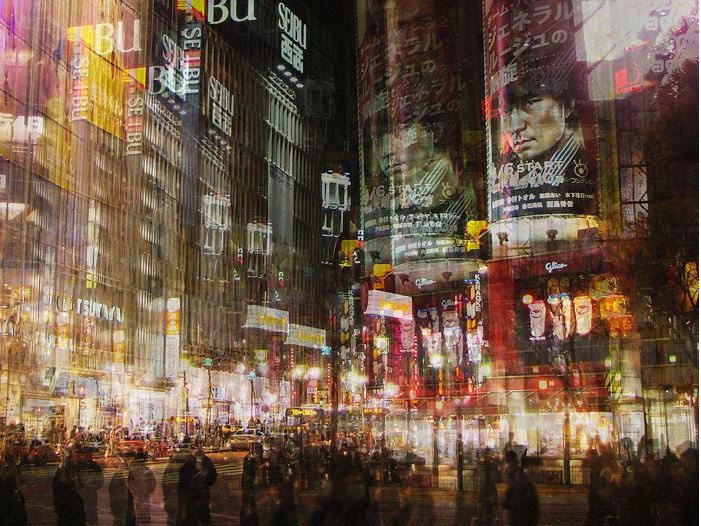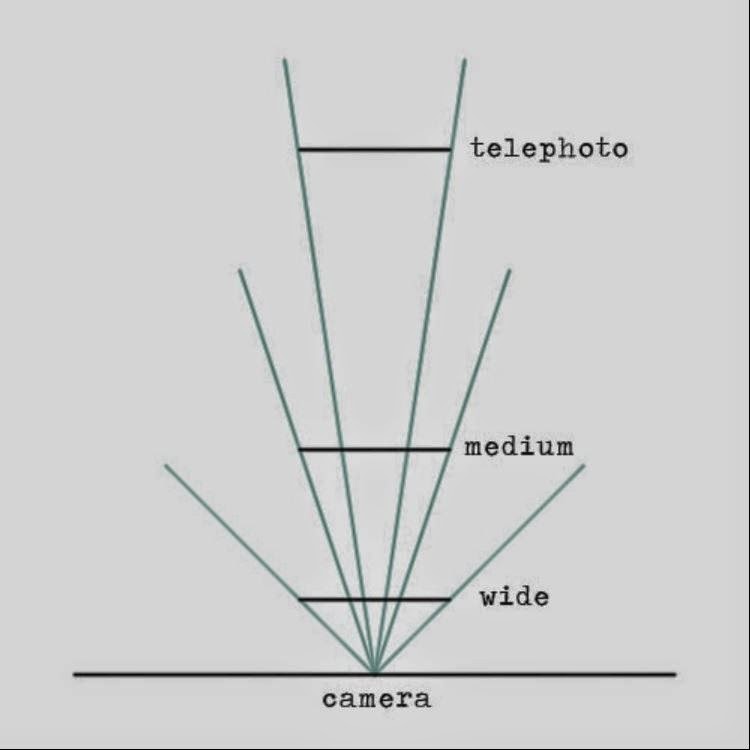Abstract Photography
Abstract art
and photography has interested for me as long as I can remember, however I have
not always been entirely sure what the defining factor that classes an image as
abstract is. It is perhaps a little
strange that I seek clarification on a subject, which is by all accounts not clear,
which is supported by Rossbach (2011) who states ‘Abstract photography is the
photographic art that is not a standard representation of a traditional scene,
or real or known objects in the natural world’. Abstract photography, alongside
drawings and paintings, concentrates on shape, form, colour, pattern and
texture. We are quite often unable to view the whole object and the focus, if
indeed there is any, will quite often only be a small part of the image.
Looking at,
and learning from art history, it is easy to witness how the Impressionism art
movement (1860-1920) influenced photography and vice versa at the end of the 19th
and early 20th century. Photographers strived to achieve an artistic
result in their captured images and some painters visibly changed their
composition rules, which, were originally exclusive to photography. At this time,
it was an exclusive group of Artists, and access to these works would have been
through galleries and exhibitions aimed at the affluent society, rich enough to
buy them. As we move forward in time, access to art work and learning new
techniques has become a much simpler affair. The era of digital cameras and easy
access to the internet has enabled a wide audience the chance to learn these
skills due to online written tutorials and video instructions on websites such
as ‘youtube’.
For this
assignment I wish to explore some of the different techniques that are used to
create abstraction in photography as well as examine the diverse effects that have
been created using the various techniques. As described by Guy (2012), ‘the
subject tends to come second to seeing…
· Patterns.
· Textures.
· Angles.
· Proximity (closeness and distance
from the subject).
· Crop (especially of segments or parts
of the whole).
· Colour variation.
· Tonal variation.
· Hard or soft light rendering of the
subject.
· Shape (2D).
· Form (3D).
· Curves.
· Geometry.
· Focus and depth of field.
· Blur.
· Expression of movement’.
This has led
me to research photographers who specialise in the area of abstract photography
and how they have achieved the results they produce.
One of the
photographers we have discussed in class and I have come to greatly appreciate
is ‘Chris Friel’. The following is an example of his work and one of the techniques
he uses known as ‘multiple exposure photography’:
 |
‘Lake 8’, Friel, C. (2014)
|
In this image, to achieve
abstraction, Friel has used eight multiple long exposures ‘in camera’. This is a function available on certain digital
camera models which, as the name suggests, takes more than one exposure on a
single frame. This is a long standing feature of film cameras, whereby the film
would not be advanced following releasing the shutter, capturing multiple
images on one area of film. This can be achieved digitally, post shooting in
Photoshop, however when it is enabled in the camera settings, it is possible to
assess the result you have attained straight away. With this method and indeed
all methods, the camera can be either, used free hand or mounted on a tripod
depending on the effect you wish to achieve. Using the camera free hand will
result in much more blurred image and is less controllable but ultimately more
creative, as is claimed by Chinnery (2013) ‘each image is truly unique and with
that comes a certain level of creative satisfaction’. I find this image
strangely relaxing even though the dark tones have been accentuated due to the
technique and it makes me think of solitude.
 |
|
‘Shibuya’, Jung, S. (2010)
|
A very
different result and effect using multiple exposures, ‘Jung’ has captured and
accentuated the bustling streets of Japan with the method. My eyes are not sure where to look first and
discover something new every time I view this image. This is not something I
would mount on my wall, however I do appreciate it.
The next method I am going to explore is ‘intentional camera
movement’ or ICM. This technique is described by Stephens (2012) as ‘Intentional
Camera Movement is when the camera is moved in horizontal, vertical, diagonal
or random directions while the shutter is open. The resulting image is
deliberately blurred and often abstract’. I have made a few attempts at this technique
myself and found it requires a long or slow shutter speed of anything from 1/20
to 5 seconds to achieve a satisfactory result. Consequently low light is an
advantage to ICM or acquiring a neutral density filter to restrict the amount
of light entering the lens during shooting is needed to avoid over exposure. I
also find it best to move the camera in line with the subject and keep the
movement as smooth as possible.
 |
| ‘Fall Tree Carousel’, Roth, J. (2008) |
I particularly appreciate this
image as it conjures up thoughts of Autumn wind in my mind and the
photographer, Juergen
Roth (2012) reveals his thoughts on his technique by saying, ‘The right combination of shutter speed, aperture
setting, and ISO setting in combination with the actual camera movement will
produce the desired blur and an artistic abstraction of the scenery’.
Abstract
photography can also be achieved through macro or close-up work as described by
Humphries (2013, p7) ‘Viewed through the close-up lens, the world reveals
detail, pattern and beauty that otherwise go unnoticed’. Getting in very close
to a subject and only revealing a small part of its existence takes our
attention away from what it is supposed to be and lets us concentrate on the
colours and form before us.
 |
|
‘Iris’, Davis, H. (2009)
|
In this image
by photographer and author, Davis (2009, p46), he explains it by saying, ‘When
I framed this composition, I was struck by the intense colours and abstract
shapes. Davis (2009, p38) had also stated, ‘By completely divorcing the image
from its subject matter, the viewer is compelled to respond to the colours and
composition of the abstraction’. The
image invokes a warm happy feeling, making me think of summer.
Conclusion/Evaluation
My research
into abstract photography has led me to understand there are many different
methods to achieve a satisfactory image and it is personal choice as to which
one is utilised. Ultimately it takes a lot of practice and patience to master
any specialised genre as is claimed by Friel (2010, p4) quoting Frank Grisdale,
during an interview with Parkin (2010, p4) quoting ‘I think Frank Grisdale has
quoted the 10000 hour rule in the past - the idea that if you spend 10000 hours
practicing anything you will eventually achieve some sort of success in that
field’.
This assignment
research has also enlightened me to the fact my own DSLR camera has the
capability of taking multiple exposures which I had no idea about prior to
this. I am also quite fortunate enough to have access to a Macro lens and plan
to experiment with close-up work to create my own abstract imagery. Mood and
feelings can affect the outcome of your image, which is quite often the case
but is even more pronounced when trying to create an abstract image, something
to bear in mind with my own practice. I am most interested in the multiple
exposure method and feel that exploration into this area of photography has
been of great worth. Experimentation seems to be the key factor in getting to
know this area of expression along with taking inspiration and advice from those
who have mastered the technique. I now feel better equipped with knowledge to
further my exploration into the abstract genre and remain greatly inspired by
Friel and the results he has produced.
Following on
from my own experimentation and continuing research, concentrating on
intentional camera movement and producing satisfactory results with this
technique, will be the key emphasis of my plan for unit 4.
Bibliography
Chinnery, D.
(2013). Multiple Exposure Photography. On Landscape. 63 (September),
p1-20. Last accessed 17th Feb 2014.
Davis, H.
(2009). Creative Close-Ups: Digital Photography Tips and Techniques.
10th ed. Indianapolis: Wiley Publishing Inc. p46.
Guy, D. (2012). Definition:
Abstract Photography. Available:
http://www.photokonnexion.com/?s=definition+abstract+photography. Last accessed
14th Feb 2014.
Humphries, J
(2013). Close-Up and Macro Photography: Art and Techniques. Marlborough:
Crowood Press Ltd. p7.
Jung, S. (2014). Stephanie Jung
Photography. Available: http://portfolio122826.4ormat.com/japan. Last
accessed 10th May 2014.
Parkin, T. (2010). Chris Friel - Featured Photographer. On Landscape. 5
(December), p4. Last accessed 17th Feb 2014.
Rossbach, J. (2011).
The Art of Abstract Photography. Photographic Society of America, Inc.
77 (6), p26.
Roth, J.
(2012). Mastering the Art of Intentional Camera Movement. Available:
http://www.apogeephoto.com/sept2011/jroth92011.shtml. Last accessed 16th Mar
2014.
Stephens, H.
A. (2012). Painting With Light: Intentional Camera Movement. Available:
http://www.picturecorrect.com/tips/painting-with-light-intentional-camera-movement/.
Last accessed 14th Mar 2013.





































